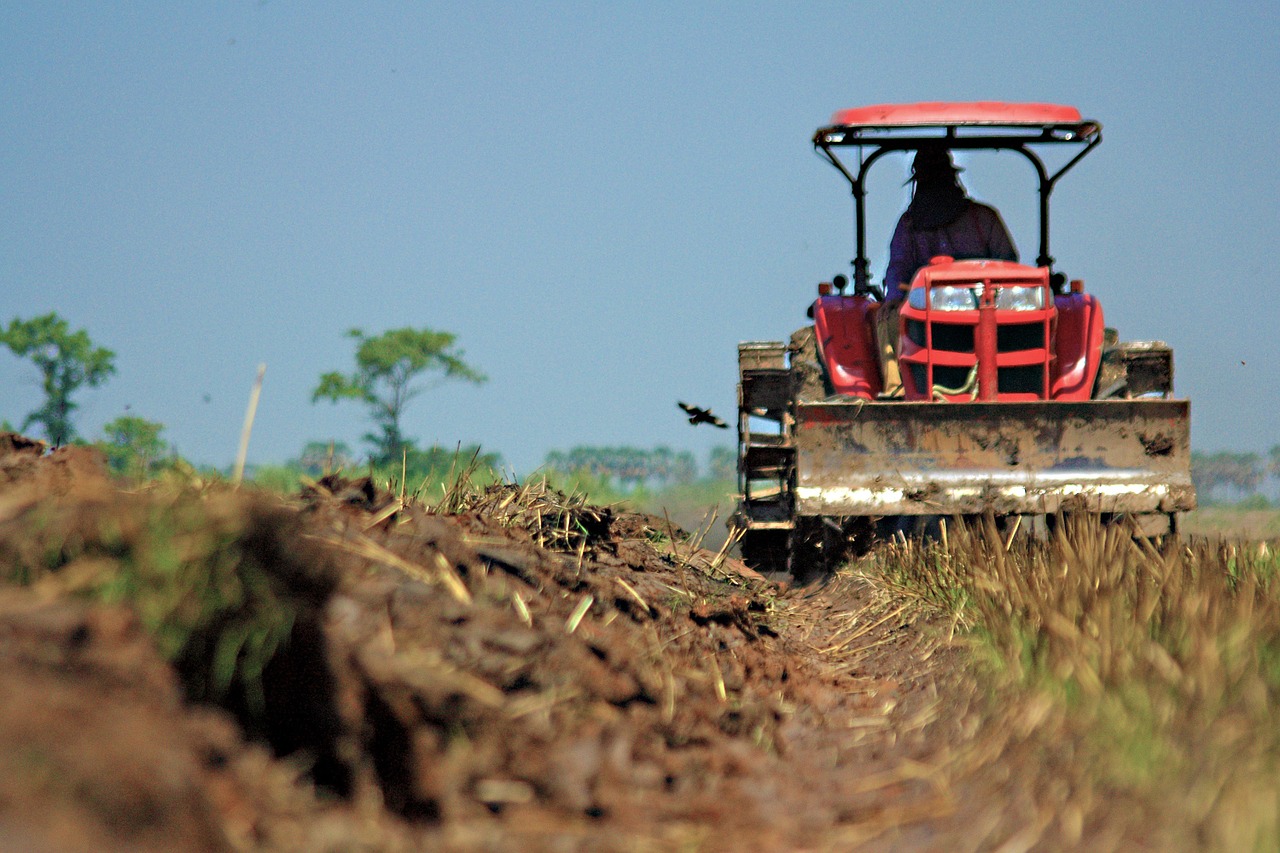How Treating Dirt Well Could Fight Climate Change
Author: Rob Jordan-Stanford | Published: October 9, 2017
With the right management, soil could “significantly” offset increasing global emissions by trapping carbon dioxide.
In two overlapping papers, researchers call for a reversal of federal cutbacks to related research programs to learn more about soil’s benefits and emphasize the need for more research into how—if managed well—it could mitigate a rapidly changing climate.
“Dirt is not exciting to most people,” says Rob Jackson, a professor of Earth system science at Stanford University, lead author of the first paper in Annual Review of Ecology, Evolution and Systematics article, and coauthor of the second paper in Global Change Biology paper. “But it is a no-risk climate solution with big co-benefits. Fostering soil health protects food security and builds resilience to droughts, floods and urbanization.”
Risks and promise
Organic matter in soil, such as decomposing plant and animal residues, stores more carbon than do plants and the atmosphere combined. Unfortunately, the carbon in soil has been widely lost or degraded through land use changes and unsustainable forest and agricultural practices, fires, nitrogen deposition, and other human activities. The greatest near-term threat comes from thawing permafrost in Earth’s northern reaches, which could release massive amounts of carbon into the atmosphere.
Despite these risks, there is also great promise, according to Jackson and Jennifer Harden, a visiting scholar in Stanford University’s School of Earth, Energy & Environmental Sciences and lead author of the Global Change Biology paper.
Improving how the land is managed could increase soil’s carbon storage enough to offset future carbon emissions from thawing permafrost, the researchers find. Among the possible approaches: reduced tillage, year-round livestock forage, and compost application. Planting more perennial crops, instead of annuals, could store more carbon and reduce erosion by allowing roots to reach deeper into the ground.

